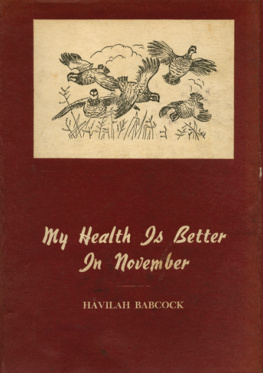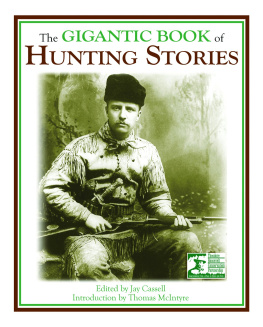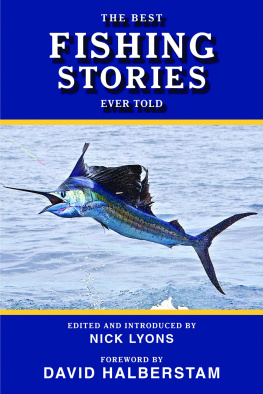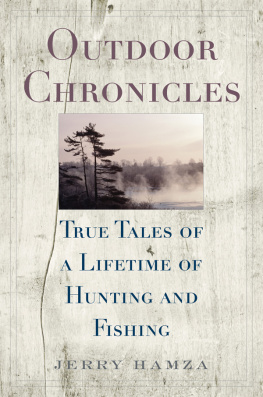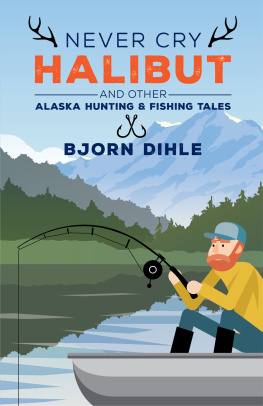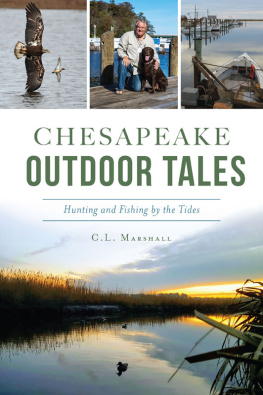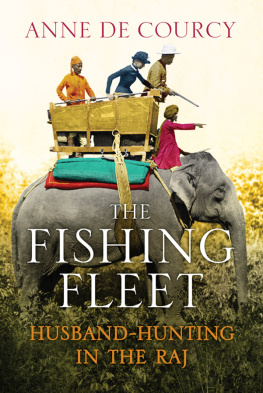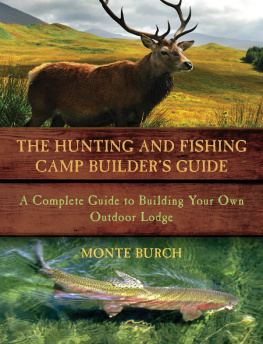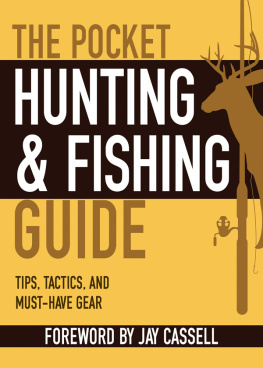

This edition is published by PICKLE PARTNERS PUBLISHINGwww.pp-publishing.com
To join our mailing list for new titles or for issues with our bookspicklepublishing@gmail.com
Or on Facebook
Text originally published in 1947 under the same title.
Pickle Partners Publishing 2016, all rights reserved. No part of this publication may be reproduced, stored in a retrieval system or transmitted by any means, electrical, mechanical or otherwise without the written permission of the copyright holder.
Publishers Note
Although in most cases we have retained the Authors original spelling and grammar to authentically reproduce the work of the Author and the original intent of such material, some additional notes and clarifications have been added for the modern readers benefit.
We have also made every effort to include all maps and illustrations of the original edition the limitations of formatting do not allow of including larger maps, we will upload as many of these maps as possible.
MY HEALTH IS BETTER IN NOVEMBER:
THIRTY-FIVE STORIES OF HUNTING AND FISHING IN THE SOUTH
BY
HAVILAH BABCOCK
WITH DRAWINGS BY AUGUSTA REMBERT WITTKOWSKY
TABLE OF CONTENTS
Contents
DEDICATION
Affectionately dedicated to my Alice, without whose many suggestions it would have been finished in half the time.
ACKNOWLEDGMENT
Grateful acknowledgment is made to the editors of Field and Stream, Outdoor Life, Sports Afield, Hunting and Fishing, and Outdoors for permission to reprint stories which originally appeared in these magazines, as follows:
Field and Stream How To Hunt Quail; Damn That Honeysuckle; Gun Shy; Billy And The Big Boss; Bass Are Dumber Than People; When Its Crappie Youre After; Im A Sucker That Way; Bees For Bream; Bob Is No Gentleman; Candy From A Baby; Puppies, Incorporated; Not Always The Smartest; The Other Fellow; Thank You, Sheriff; Sand Hill Quail; Old Muggins; Quail Guns And Loads.
Outdoor Life Hell Hath No Fury; Bob White Is A Family Man; Sometimes You Cant Find Them; My Health Is Better In November; Irish; Are You Goofy Too?; When Dogs Fight; When Your Shooting Slumps; Birds Scare Me; Santees Gentleman; How To Get Rid Of Chiggers; Indian Summer.
Sports Afield Calling On My Neighbors; The Education Of The Wrecker; Fiddler; Just Cover It With Gravy.
Hunting and Fishing Give Me A $40 Dog.
Outdoors Im a Top-Water Man, Myself.
CALLING ON MY NEIGHBORS

SPORTSMEN are divided into two tribes: the hithers and the thithers . The former are content to cultivate their own neighborhoods, while the latter have an unshakable conviction that birds fly faster and bass hit harder in some other commonwealth.
The platform of the thither tribe is that hunting is good in inverse ratio to its accessibility. I know some rod-and-gun gypsies whose journals must read like the ramblings of some latter-day Ulysses. Each of us tries to penetrate the hinterlands a little farther than the other fellow, with the result that we oftentimes pass up prime sport.
I have made highly respectable catches in neighborhood ponds despised by my steeple-chasing friends. Only last week I found an enterprising family of bob-whites doing business within the city limits of my own town. Every other hunter had told himself: Thats a likely looking field, but its so convenient everybody else has hunted it, and passed on. I once read the story of a man who wandered over the face of the earth looking for happiness and then returned to find it by his own fireside. Wayfaring sportsmen might ponder that parable.
Hunting, like charity, sometimes begins at home. In other days I have been something of an overnight gadabout, making an occasional passage into a contagious state for a bird hunt, but there is little of the Arab in me. I have found that the hunting under my own vine and fig tree is apt to be as good as it is anywhere else, and probably better.
For instance, the most enjoyable bird hunt I have had in many a day, and one I take regularly six or eight times every season, is right under my own nose. It is a made-to-order days hunt, calling for scheduled stops at predetermined points. I have rambled over this territory so often that its landmarks, its familiar haunts and pleasant fields, together with the memories they conjure up, have for me a sentimental attachment.
Every covey of birds on the circuit has acquired for me a rather definite character. I know their habits of flight, their individualities and sometimes their genealogies. I can make the hunt leisurely in one day, leaving my visiting card at half a dozen way stations, and be back by nightfall. And the hunt derives an added pleasure from the fact that it is a round-trip ticket: when I have finished my swing around the circuit I am back at my own doorstep. My itinerary, in the order of visitation, is as follows:
The honeysuckle covert.
The chimney field.
The half-moon pond.
The sawdust pile.
The railroad track.
The old graveyard.
These six landmarks are associated with six coveys of birds that I can almost always count on. Like old friends, they seldom fail me, and then only with adequate cause. I am always careful to leave sufficient seed every year. In excessively rough weather I provide food for them. In their warfare with their natural enemies they find in me a puissant ally. Generally, I make things as hospitable for them as I can. And for their part, they follow the Biblical injunction: be fruitful and multiply. Each successive season they bring up for me a family of plump patricians, and in just about the same place. Bob-white is a creature of habit and a home-loving country squire. Barring undue molestation, he will establish and bring up his family in the same locality year after year. I suppose I have shot the great-great-grandchildren of the original coveys I found five or six years ago.
My first scheduled stop is at the honeysuckle covert, where Blue and I find our crack-of-day covey on the roost. I have to get out betimes to find them at home when I call, though. On fair days they are up and away by seven-thirty. On gray, lowering days they usually stay indoors until around nine, while in extremely raw weather they may not venture from their snug retreat at all.
The covert, a ragged rectangle of perhaps an acre, is interspersed with locusts. In addition to that, the vines are so heavily matted and the footing so insecure that getting through at all is a rather formidable job. Blue and I have to flounder through and fight for what we get here.
Of all the coveys on my days schedule, these honeysuckle denizens are the most unsociable and most trying on my nerves. They never get up until I am fairly on top of them, then they simply explode on all sides. Usually it happens just as I step into a hole or trip over a fallen locust and revert to the quadruped state. In trying to get a shot I shilly-shally from one rocketing brown body to another, like the indecisive mule that starved to death between two stacks of hay. I normally miss with one or both barrels, for which I think Blue is thankful. Retrieving in that devilish mess is vexatious business at best.
But if this family is a bit inhospitable at home, they have a habit that equalizes matters and enables me to levy a reasonable tariff on their numbers every season. They invariably plummet down by an old rail fence in a near-by field. There the odds are about even. As the singles pop up from first one side of the crooked fence row and then the other, I manage to bag two or three,all I want from this bevy this morning. Blue and I expect to call on this family again next week, and the week after that as well.
Next page
